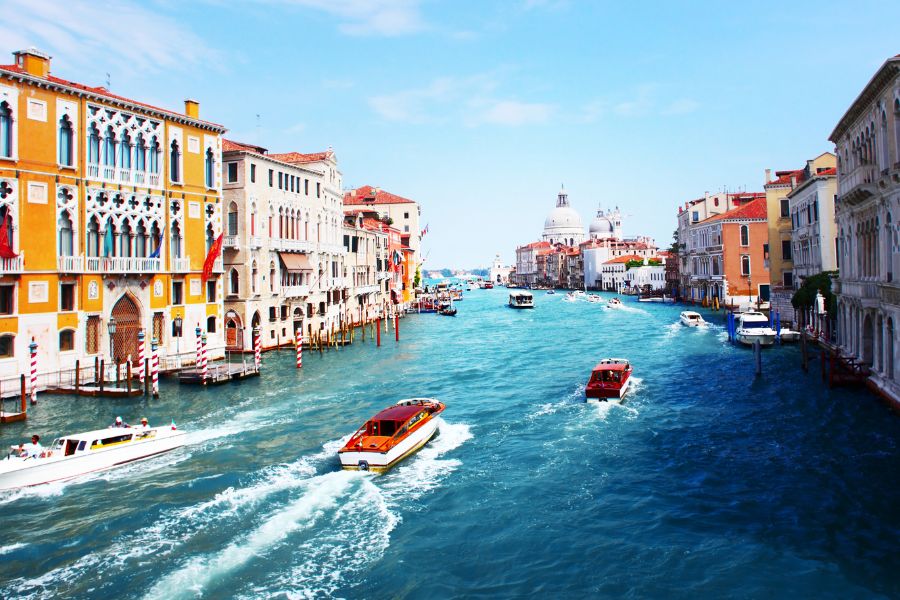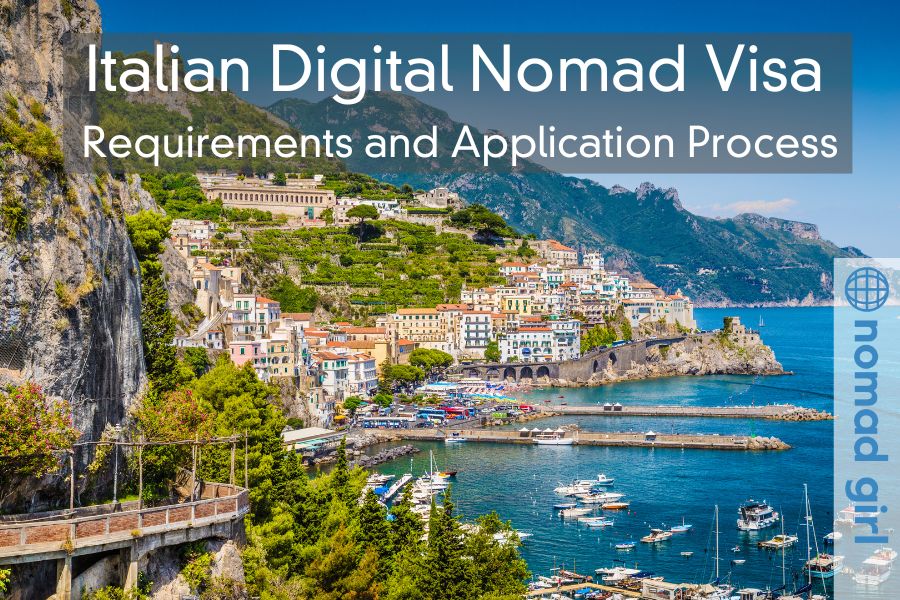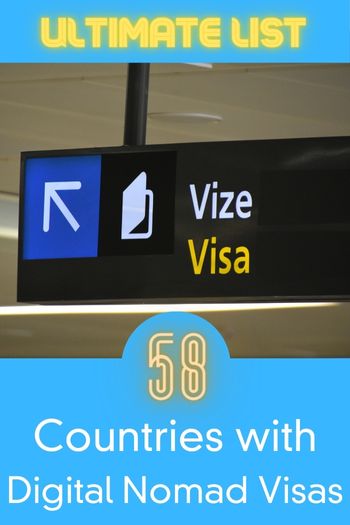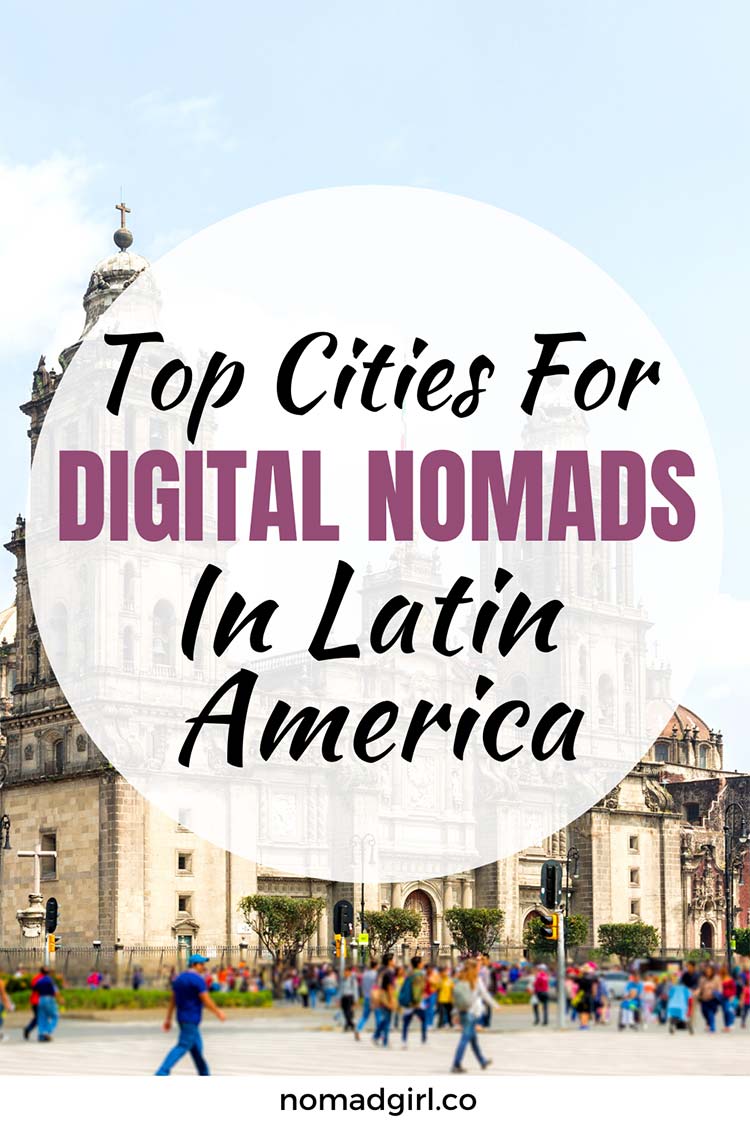In 2024, Italy finally took a significant step by launching its long-anticipated Italy Digital Nomad Visa, officially called the “Visa for Remote Workers.” Despite its grand launch, the absence of a solid marketing or PR campaign makes it feel like an afterthought.
The country’s intentions to attract a fresh wave of talent seem lukewarm at best. Considering Italy’s current challenges — from a shrinking, ageing population to a massive brain drain — this visa could have been the golden ticket. But alas, it appears that Italy may have missed a golden opportunity to sell itself as the next digital nomad hotspot.
For those familiar with Italy, it’s no surprise that the country is now offering incentives to lure people into its borders. From schemes like the infamous one-euro homes to Tuscany’s €30,000 bonuses for moving to depopulated villages, the message is loud and clear: Italy wants people, especially young and talented individuals, to come and stay.
But be warned — the Italian bureaucracy is as welcoming as it is frustrating, with layers of red tape that even locals navigate with trepidation.

Eligibility Requirements for the Italy Digital Nomad Visa
To apply for the Italian Digital Nomad Visa, you must meet several criteria, starting with nationality. Only non-EU citizens qualify, so if you’re coming from inside the EU, this visa is irrelevant to you. The visa is designed for highly skilled individuals whose work can be performed remotely. Whether you’re self-employed or working for a company outside of Italy, your work must be recognized as “highly qualified.”
Defining “Highly Skilled” Work
So, what exactly does “highly skilled” mean? The criteria are relatively broad, yet strict at the same time. You must meet at least one of the following:
- Hold a three-year higher education degree (equivalent to a Bachelor’s degree).
- Meet the requirements for a regulated profession in Italy.
- Have at least five years of relevant work experience, or three years if you’re in the ICT sector.
Sounds easy enough, right? Wrong. The definition of “highly skilled” remains broad and subject to interpretation by Italian authorities. While examples of accepted professions include web programmers, digital marketers, writers, and graphic designers, simply having the experience or degree won’t guarantee your ticket. Authorities will closely scrutinize your profile, work, and expertise. A Bachelor’s degree alone won’t cut it if you can’t demonstrate the value of your work.
Additional Requirements
Like any visa, there are additional hoops to jump through. Among them are:
- Minimum Income: You must earn at least €28,000 annually from legal sources. This is not just a random figure; it’s three times the income threshold that exempts residents from participating in Italy’s healthcare system.
- Health Insurance: Comprehensive health insurance is a must, covering medical expenses, hospitalization, and repatriation with at least €30,000 in coverage.
- Accommodation: Proof of accommodation for the visa’s duration is required. Whether it’s a rental agreement or a hotel reservation, you must have it all documented.
- Work Experience: At least six months of prior work experience in your field is mandatory.
- Clean Criminal Record: Italy doesn’t want troublemakers, so a spotless criminal record is non-negotiable.
For Remote Workers Employed by Foreign Companies
If you’re employed by a foreign company rather than freelancing, the Italian government wants even more assurances:
- Employment Contract: Your contract must show that you’re paid as per Italy’s national union’s collective bargaining agreement.
- Letter from Employer: Your employer needs to be on their best behaviour too. They must provide a letter stating they have not been convicted of any crimes related to illegal immigration, exploitation of minors, or labour law violations within the past five years.

Application Process – Italy Digital Nomad Visa
As expected with anything involving Italian bureaucracy, the application process for the Italy Digital Nomad Visa is not a walk in the park. You will have to apply at an Italian embassy or consulate in your country or residency.
While it officially launched in April 2024, be prepared for potential delays, especially for early applicants as the system irons out the inevitable kinks. But if you’re determined to make Italy your base, here’s how to get started:
- Gather Documents: Start by collecting the usual suspects—passport (valid for at least 15 months past your intended travel date), proof of income, health insurance, accommodation, work experience, and criminal record. Each consulate may have different documentation requirements, so double-check what’s needed.
- Schedule an Appointment: Contact your nearest Italian consulate to book an in-person appointment. Pro-tip: This is not optional.
- Attend Your Appointment: Arrive on time with all documents and payment for the visa application fee (€116). The fee is non-refundable, so make sure all your documents are to avoid any nasty surprises.
- Await Visa Approval: Processing times range from 30 to 90 days, though delays are likely as consulates navigate the new visa system.
- Apply for a Residence Permit: Once your visa is approved, you have eight days after arriving in Italy to apply for a residence permit at your local Questura.

The Bureaucratic Gauntlet – The Questura and Your Residence Permit
Ah, the Questura. This is where your relationship with the Italian bureaucracy truly begins. Once you arrive in Italy, you must apply for a residence permit (permesso di soggiorno), valid for one year and renewable annually. Don’t lose your paperwork — you’ll need to provide many of the same documents you already submitted during your visa application. Keep in mind that photocopies are your best friend in Italy.
The permit not only allows you to live in Italy but also enables you to sponsor your spouse and children for a family visa. But remember, Italian bureaucracy doesn’t care that you’ve already done this process once — you’ll go through similar steps all over again.

The real challenge for digital nomads in Italy comes after the Italy Digital Nomad Visa approval. Once you’ve settled in and obtained your residence permit, welcome to the world of Italian taxation! One crucial thing to remember is that holding a residence permit makes you a tax resident, which means Italy will tax your worldwide income, not just what you earn within the country. Yes, that’s right: global taxation.
Here’s where things get a bit more nuanced. Italy offers two primary tax regimes that can help lighten the burden for digital nomads: the Regime Forfettario and the New Residents Regime. Both have their advantages and pitfalls, depending on your income level and business expenses.
Regime Forfettario – A Tax Haven for Self-Employed Digital Nomads
The Regime Forfettario is designed for self-employed individuals with lower annual earnings (up to €85,000). Here’s how it works:
- Flat Tax Rate: For the first five years, you’ll enjoy a flat income tax rate of 5%. After that, it increases to 15%.
- Taxable Revenue: Unlike traditional income taxes that apply to your full earnings, under this regime, only a percentage of your revenue is taxable. For example, if you’re a computer programmer, 67% of your income is subject to tax. This percentage varies by profession. Other professions, such as digital marketers, SEO specialists, and graphic designers, may have slightly different taxable revenue percentages.
- No VAT Registration: The Regime Forfettario has a unique benefit—you don’t need to register for VAT. This means you won’t charge VAT on your invoices, nor can you deduct VAT from your business expenses.
This regime is highly beneficial for those with lower income levels and minimal business expenses. However, it becomes less attractive if your earnings exceed €85,000 or if you have significant costs that VAT deductions could help cover.
New Residents Regime – For the High Earners
For digital nomads with higher income levels or more substantial business expenses, the New Residents Regime is the better option. Here’s what makes it appealing:
- 50% Income Tax Exemption: For up to five years, 50% of your income is exempt from taxation.
- Expense Deduction: Unlike the Regime Forfettario, this regime allows you to deduct business expenses from your taxable income. This includes VAT charges, which can be particularly useful for businesses with high overheads.
- Tax Credits: You can also take advantage of various tax credits, including deductions for health expenses, home renovations, and rental costs.
This regime is best suited for those who plan to work with international clients or partners, as you’ll likely be dealing with VAT more frequently. It’s also ideal for those with significant business costs that can benefit from itemized deductions.

Important Tax Considerations for Digital Nomads in Italy
Becoming an Italian tax resident comes with its share of responsibilities. Here are some important factors to consider:
- Social Security: In addition to income tax, you’ll also need to contribute to the Italian social security system. For U.S. citizens, there may be exemptions under the U.S.-Italy Social Security agreement, allowing you to remain under U.S. coverage while paying income tax in Italy.
- Tax on Worldwide Income: Remember that Italy taxes your worldwide income, not just what you earn in the country. This can shock digital nomads accustomed to more lenient tax regimes. If you’re still earning income from clients or companies outside Italy, that money will be subject to Italian taxes.
- Professional Advice is a Must: Taxation in Italy is notoriously complicated, so consulting a tax professional specializing in Italian tax law is essential. Professional guidance is crucial whether you’re navigating the VAT system, choosing the best tax regime, or trying to understand your social security obligations.
Is the Italian Digital Nomad Visa a Path to Permanent Residency?
In short, yes. While the Italian Digital Nomad Visa itself doesn’t grant permanent residency, it sets you on the right path. After five continuous years of living in Italy under this visa, you can apply for permanent residency. Want citizenship? Stick it out for another five years and you’ll be eligible to apply for naturalization. The process is long, but for those committed to the Italian lifestyle, it’s possible.

Who Should Apply?
The Italian Digital Nomad Visa is ideal for those looking to make Italy their long-term home, not just a short stop on the typical nomad trail. If you’re planning to settle for more than a year or two, this visa is worth considering.
It’s especially appealing for those earning under €85,000 who can take advantage of the 5% tax rate under the Regime Forfettario. But don’t forget—you’re also on the hook for around 25% in social security contributions, which includes pension payments. Yes, that means more Italian bureaucracy in your future, even when you retire.
The visa’s annual renewal process, complete with the requisite paperwork, keeps you on track to hit that five-year mark—at which point, you’ll be eligible to apply for permanent residency and can explore local employment opportunities. Think of it as a five-year trial run before committing to the Italian lifestyle for the long haul.
The Final Verdict on the Italian Digital Nomad Visa
In theory, the Italy Digital Nomad Visa offers an excellent opportunity for highly skilled non-EU citizens to live and work in one of the world’s most beautiful countries. However, Italy’s bureaucracy remains a formidable obstacle that could discourage even the most determined applicants.
While the visa is a step in the right direction, more transparency and less red tape would go a long way in making Italy the digital nomad destination it could and should be.
For now, if you’re ready to tackle the paperwork, Italy is waiting. But bring your patience — and maybe a lawyer.
Italy Digital Nomads – 12 Most Popular Places to Stay & Work


















